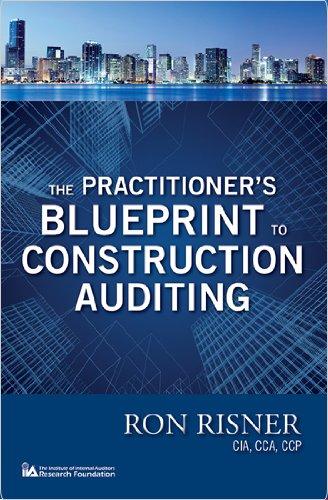


Sanborn Corporation's condensed comparative income statement and balance sheet for 20X8 and 207 appears below. Part 2(20%) Balances for selective accounts of Sanborn Corporation at the end of 20X6 were: accounts receivable (net) 206,800; inventory 547,200 ; total assets 1,465,600; accounts payable 386,600 ; and stockholders' equity 641,200 . Required Perform a comprehensive ratio analysis calculating the ratios mentioned below. Round all answers to one decimal place. 1. Prepare a liquidity analysis by calculating for each year the: current ratio; acid-test ratio; receivable turnover; average collection period; inventory turnover; average inventory on hand period; accounts payable turnover; average accounts payable outstanding period (10%). 2. Prepare a profitability analysis by calculating for each year the net profit margin; asset turnover; return on total assets (using net income after taxes and ignoring interest expenses) and return on equity (10%). After making the calculations indicate whether each ratio improved or deteriorated from 20X7 to 20X8 (use F for favorable and U for unfavorable and consider change of .1 or less to be neutral) Sanborn Corporation's condensed comparative income statement and balance sheet for 20X8 and 207 appears below. Part 2(20%) Balances for selective accounts of Sanborn Corporation at the end of 20X6 were: accounts receivable (net) 206,800; inventory 547,200 ; total assets 1,465,600; accounts payable 386,600 ; and stockholders' equity 641,200 . Required Perform a comprehensive ratio analysis calculating the ratios mentioned below. Round all answers to one decimal place. 1. Prepare a liquidity analysis by calculating for each year the: current ratio; acid-test ratio; receivable turnover; average collection period; inventory turnover; average inventory on hand period; accounts payable turnover; average accounts payable outstanding period (10%). 2. Prepare a profitability analysis by calculating for each year the net profit margin; asset turnover; return on total assets (using net income after taxes and ignoring interest expenses) and return on equity (10%). After making the calculations indicate whether each ratio improved or deteriorated from 20X7 to 20X8 (use F for favorable and U for unfavorable and consider change of .1 or less to be neutral)









